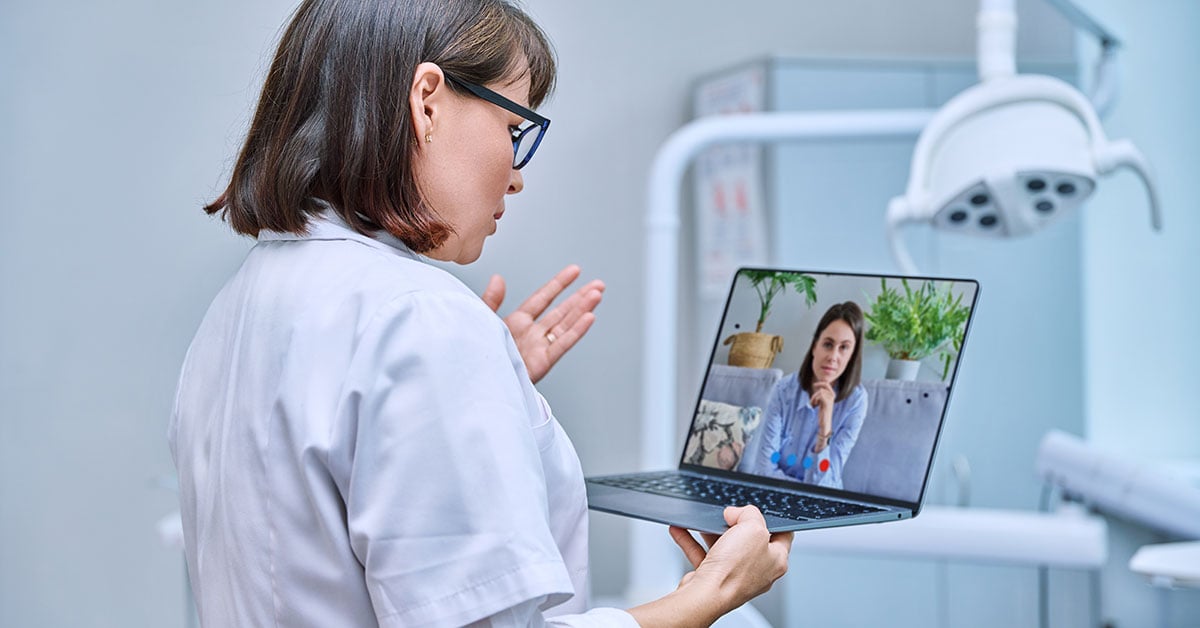One of the questions we end up fielding most at Virtual Dental Care is "How to bill for teledentistry?".
Below we have a basic primer explaining when to use codes D9995 and D9996 from the ADA’s CDT manual to bill for teledentistry services provided as well as some instruction on who should use these codes, when, and why.
Teledentistry is divided into two different types of services—synchronous and asynchronous. Synchronous teledentistry is real time video conferencing between a dentist and a patient. Asynchronous teledentistry involves care providers actually traveling to a location to provide care and capture diagnostics which are reported to dentists who can take next steps at a later time. If the services provided are synchronous, it is CDT code D9995. If it is asynchronous, it is CDT code D9996.
Here is the language that the ADA used: 
“D9995 teledentistry – synchronous; real-time encounter Reported in addition to other procedures (e.g., diagnostic) delivered to the patient on the date of service."
"D9996 teledentistry – asynchronous; information stored and forwarded to dentist for subsequent review Reported in addition to other procedures (e.g., diagnostic) delivered to the patient on the date of service.”
 It is important to note that the dentist overseeing the teledentistry event is the care provider responsible for using the above CDT codes to record it. While this may seem straightforward in a one off synchronous teledentistry interchange it can become more complicated when an off site provider is involved in an asynchronous teledentistry service. To be clear: if that offsite care provider is not the overseeing dentist they should not record the service with the above CDT codes even if they are in the field filling out the paperwork.
It is important to note that the dentist overseeing the teledentistry event is the care provider responsible for using the above CDT codes to record it. While this may seem straightforward in a one off synchronous teledentistry interchange it can become more complicated when an off site provider is involved in an asynchronous teledentistry service. To be clear: if that offsite care provider is not the overseeing dentist they should not record the service with the above CDT codes even if they are in the field filling out the paperwork.
The short answer for when you should use these codes in your documentation is: always. The above codes should be used to note every single synchronous and or asynchronous teledentistry service provided for patient records as well as billing purposes. The reason to keep clear documentation of teledentistry services provided is simple from a records standpoint. According to the ADA: “The patient record must include the CDT Code that reflects the type of teledentistry encounter.” On top of being a requirement from the ADA, clear documentation of these codes will make billing insurance companies for teledentistry services significantly easier.
While many of the specifics of how you document the care you provide is going to be regulated differently from state to state, one thing will hold true—keeping clear documentation using these codes is going to make billing for teledentistry services easier on you.



